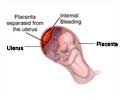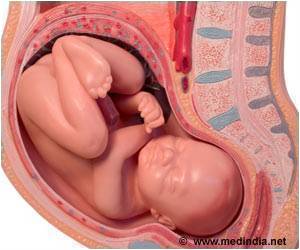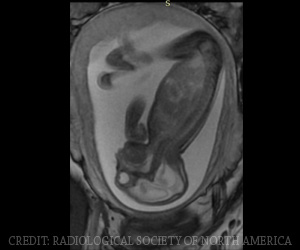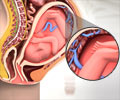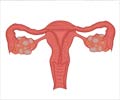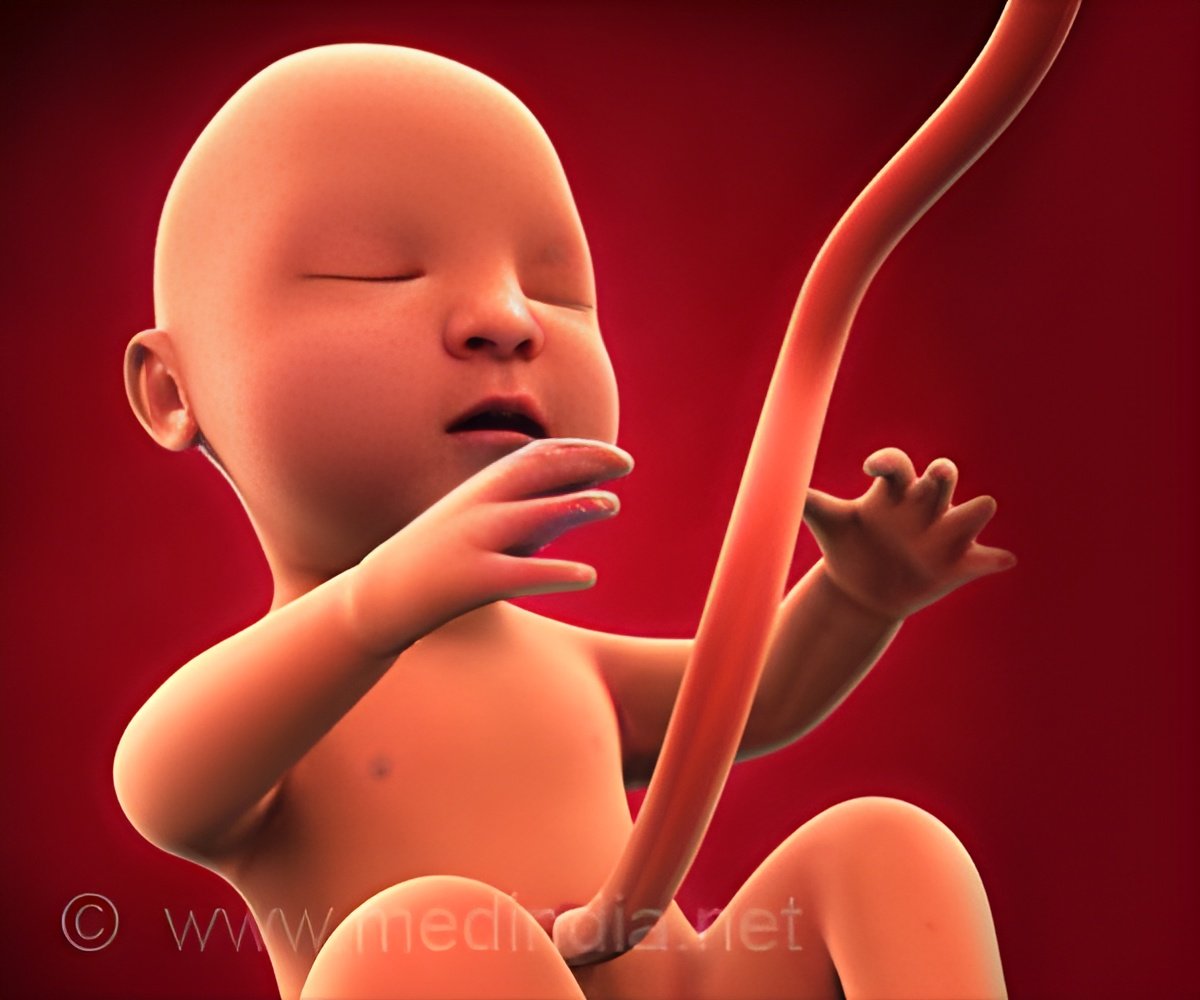
‘Microbes found in the placenta may play an essential role in shaping the developing fetal immune system during pregnancy.
’
Read More..Tweet it Now
Visual confirmationRead More..
"Previously, bacteria were found using metagenomics or microbiome sequencing, and now we have confirmed that signal based on our ability to label the bacterial RNA with a florescent 'tag' and actually see them," said Dr. Maxim Seferovic, instructor in obstetrics and gynecology at Baylor and lead author in the study.
"We leveraged a powerful new imaging technology to add greater specificity in the signal of bacterial RNA, which helped us to see bacteria within the microarchitecture of the placental tissue."
Researchers examined microbes in term, and preterm gestations using a signal amplified 16S universal in situ hybridization probe designed for bacterial rRNA, along with several other histologic methods. Seferovic said the study was carefully designed to control for contamination as best as possible so that these sparse bacteria could be accurately attributed to their location in the placenta.
"We did not see quantitative or numerical differences between preterm or full-term births, nor did we see them localizing to different substrata. But we do see differences in what genera of bacteria are there in preterm or full term, and this supported our and other's past findings as well," said Aagaard.
Advertisement
Seferovic said the study was designed to determine if past studies were, in fact, accurate and truly did look at a low biomass community of microbes that could be reliably distinguished from environmental contamination. This work, when combined with that of several other labs, should give researchers confidence that not only can they sequence these microbes but also that they can see the bacteria in very predictable locations in different placentas.
Advertisement
"At some point, we all acquire trillions of bacteria in our bodies that we do not reject with an immune inflammatory response. We are speculating that these low biomass communities may play a key role in shaping the developing fetal immune system to help educate it on which microbes may be beneficial and which might not," Aagaard said.
Both Aagaard and Seferovic agree that there is still a lot of work ahead to be done in this exciting area of the developing microbiome and microbiome science. It is their hope that the techniques and tools developed for this study will lend a hand to other researchers similarly working in challenging low biomass communities.
Source-Eurekalert

